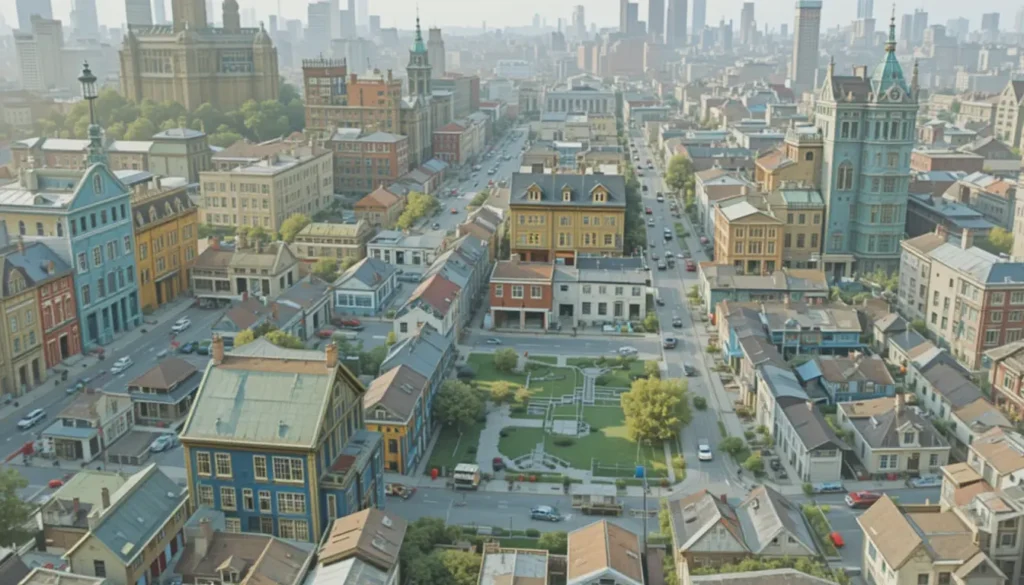President Donald Trump’s latest economic escapade has him aiming for a Federal Reserve chair who’ll slice interest rates to a crisp 1 percent. He’s not shy about his disdain for current Fed Chair Jay Powell, whom he’s dubbed a “stubborn mule” while hinting he’d love for Powell to pack his bags.
Powell, unfazed, plans to ride out his term until May 2026, leaving Trump to dream up his next move.
Trump’s been waving his conductor’s baton, demanding rates drop from their current 4.25-4.5 percent perch. “Whoever’s in there will lower rates,” he declared from the Oval Office, making it clear he won’t pick anyone who dares keep rates steady. His comments have sparked a whirlwind of speculation about a “shadow Fed chair” to push his low-rate agenda.
The president’s shortlist for Powell’s replacement is already buzzing with names. Christopher Waller, a Fed governor, is itching to cut rates as early as July, while Kevin Hassett, now steering the National Economic Council, also backs cheaper borrowing.
Scott Bessent, the Treasury secretary, points to two-year Treasury note yields as a green light for rate cuts, but Kevin Warsh, another contender, seems more focused on wrestling inflation.
Trump’s not just talking the talk; he’s told his team to avoid long-term debt until a new Fed chair takes the helm. Meanwhile, the Treasury’s set to sell long-dated bonds soon, which might raise a few eyebrows.
His rate-cutting crusade is bold, but economists warn it’s not a solo act—the Fed’s decisions come from a 19-member committee, not a single maestro.
Picture this: Trump, with his economic wishlist, trying to nudge a room full of number-crunching Fed officials. The Federal Open Market Committee, where 11 members besides the chair get a vote, isn’t exactly a fan club waiting for presidential autographs.
“The Fed’s not a kingship,” quipped Robert Barbera from Johns Hopkins, suggesting Trump’s shadow chair plan might fizzle faster than a bad sitcom.
Jon Faust, another Johns Hopkins brainiac and former Powell adviser, thinks a new chair trying to strong-arm the committee could end up with less clout, not more.
The Fed’s structure, with its centralized board and 12 regional banks, acts like a financial fortress, shielding rate-setters from White House whims. Raghuram Rajan, who faced political heat as India’s central bank chief, says there’s “very little” Trump can do to sway the Fed’s independent streak.
Trump’s rate-slashing dreams aren’t new—he’s been at odds with Powell since his first term. Back then, he called Powell “too late” and pushed for a full percentage point cut after a jobs report. Social media posts on X show him claiming he knows more about interest rates than the Fed, a bold flex that’s raised chuckles and eyebrows alike.
The economy, meanwhile, is playing its own tune. Inflation ticked up to 2.3 percent in May, and consumer spending took a dip, according to recent reports. Some Fed officials, like Waller, are warming to rate cuts, but others, like Michael Barr, warn Trump’s tariffs could push prices higher and slow growth, complicating the Fed’s balancing act.
Trump’s insistence on a 1 percent rate has markets buzzing, with some betting on a dovish Fed chair by 2026. The US Dollar Index is already sliding, down 11 percent this year, as investors anticipate looser policy. But with Powell holding firm and the committee’s diverse voices, Trump’s quest for a rate-cutting champion might hit a few sour notes.
Economists say the Fed’s wait-and-see stance makes sense given the uncertainty. Trump’s tariffs and trade policies are stirring the pot, with forecasts suggesting a possible 1.9 percent economic contraction if global tensions escalate. For now, the Fed’s keeping rates steady, leaving Trump to plot his next move in this high-stakes financial chess game.










Leave a Reply